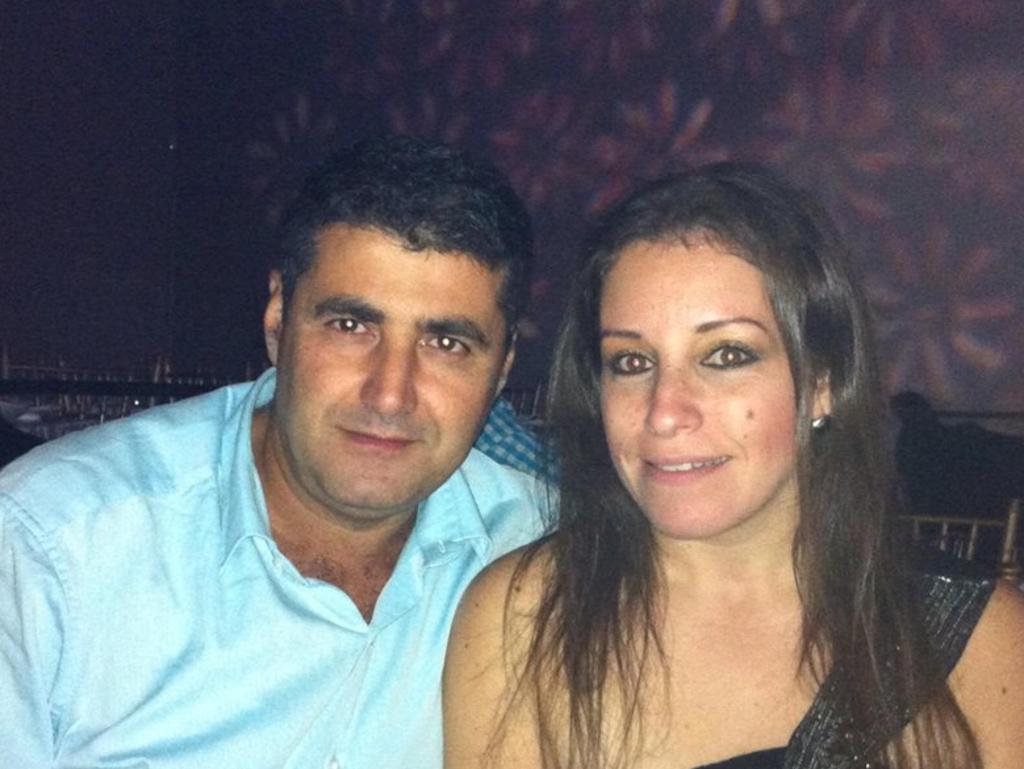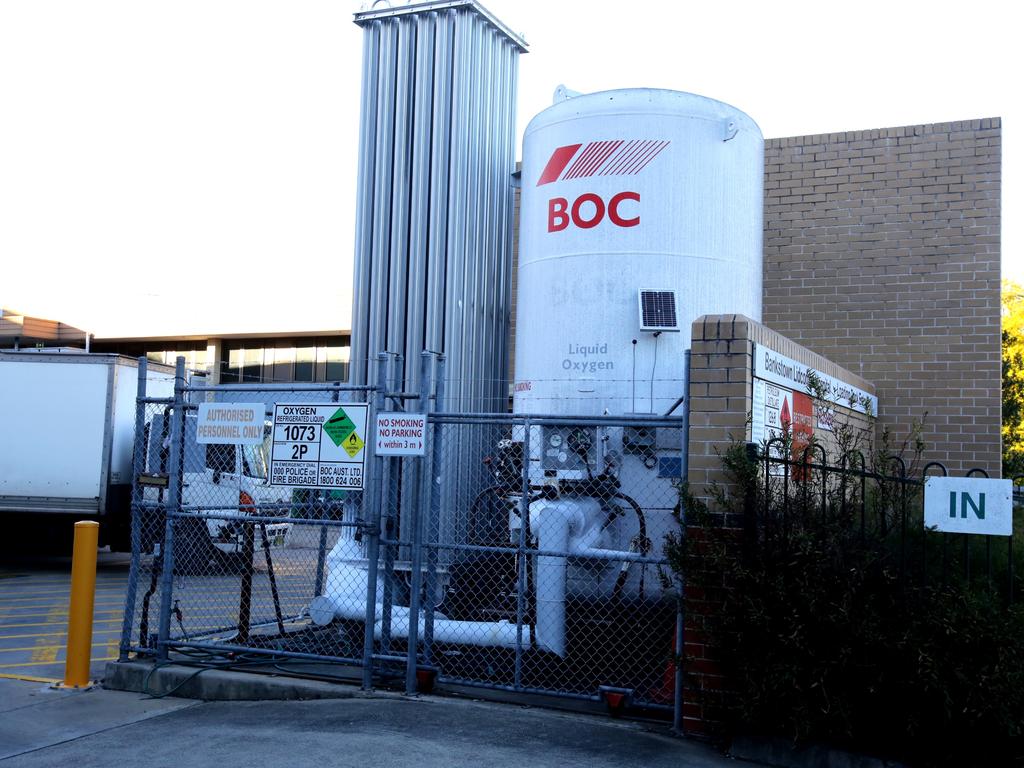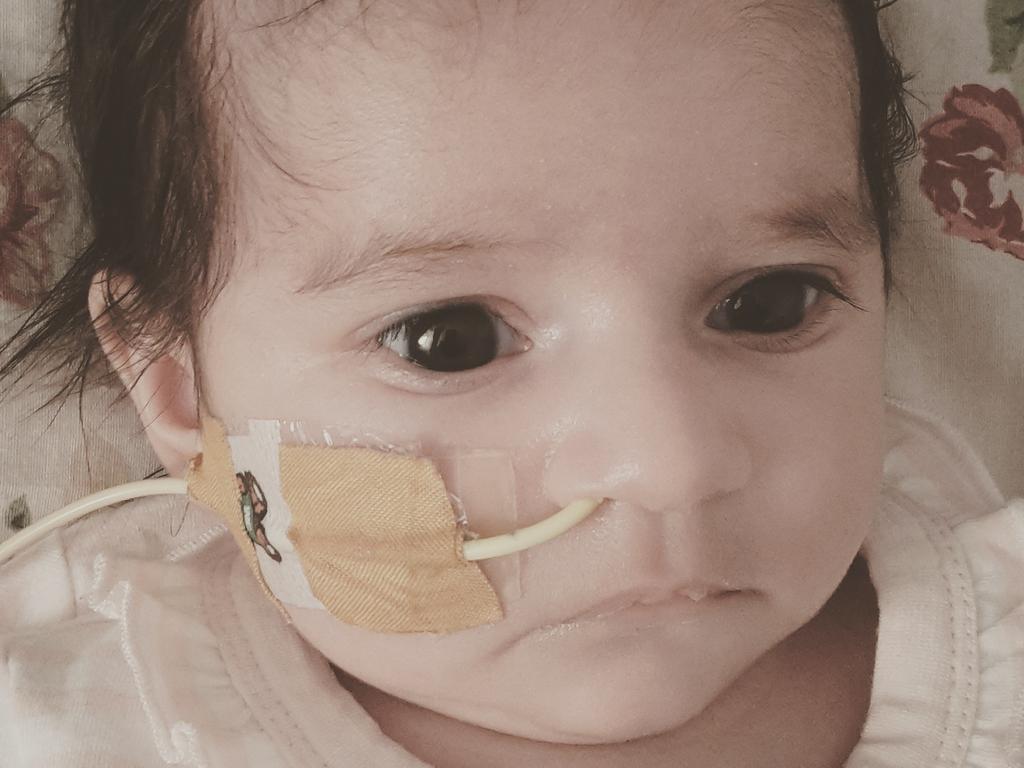John Ghanem inquest: ‘twists and turns’ in hospital gas network led to fatal error
An inquest is investigating what led to a tragic gas bungle that killed one baby and left another brain damaged at a Sydney hospital.

Gas pipes in the roof of a western Sydney hospital took a series of “unfortunate twists and turns”, leading to a fatal error that claimed a baby’s life and left another child brain damaged, a court has heard.
But an expert witness has told the inquest into newborn John Ghanem’s death that simple tests required under law would have saved his life if they had been completed.
John died just an hour after being born at Bankstown-Lidcombe Hospital on July 13, 2016 after he was accidentally pumped full of nitrous oxide in a resuscitation bay.
On what would have been John’s fifth birthday, his coronial inquest heard his grieving parents had stopped listening-in to proceedings, as reliving the tragedy, and hearing what caused it, was “too emotional” for them.

The deadly mistake that killed him came due to pipes carrying oxygen and nitrous oxide into operating theatre eight being mixed up and incorrectly labelled before the hospital opened in 1997.
Lidcombe Coroners Court has heard the lines were later connected without proper scrutiny to a neonatal medical gas panel installed in July 2015.
On Tuesday, Counsel Assisting the Coroner Donna Ward questioned two expert witnesses about whether the installer should have tested the gases he was tapping into before hooking them up to the panel.
Ms Ward asked if the difficult conditions faced by the installer, including a cramped ceiling work space and pipework that took “unfortunate twists and turns”, made it more crucial for such testing to be done.

Witness and engineer Stuart Clifton, who was in 2017 engaged by NSW Health to investigate the incident, said the fundamental issue in the inquest was that the proper commissioning process was not carried out.
Mr Clifton said if the required tests had been done, the gas mix up would have been discovered straight away.
“A mistake was made, that mistake should have been picked up. That type of mistake occurs enough times to flag various installers to be careful at the time of commission that something has been connected incorrectly,” he said.
“There is no amount of legislation that will address that … if you don’t do the test.
“The simple fact is had they done tests, then the result, being this investigation, would not have been required.”
Under questioning Mr Clifton said a gas identification test took no longer than 90 seconds to complete.

The gas bungle wasn’t revealed until after John’s death and more than a year after the installation was carried out.
It also caused serious harm to another newborn, Amelia Khan, who suffered significant brain damage after requiring ventilation in theatre eight just weeks before John’s birth.
The issue was only picked up on a hunch by a doctor at the hospital, who noticed striking similarities between the incidents and the death of a boy in India due to a medical gas mix up.
The inquest continues.




